Rising Incidence of Acne
The increasing prevalence of acne, particularly among adolescents and young adults, serves as a significant driver for the Acne Scar Treatment Market. Studies indicate that nearly 85% of individuals aged 12 to 24 experience some form of acne, leading to a corresponding rise in demand for effective scar treatments. This trend is likely to persist, as the psychological impact of acne can lead to long-term skin concerns, prompting individuals to seek treatment options. Consequently, the market for acne scar treatments is expected to witness robust growth, fueled by the need to address both active acne and its residual effects, thereby creating a sustained demand for various treatment modalities.
Personalized Treatment Options
The trend towards personalized treatment options is emerging as a key driver in the Acne Scar Treatment Market. Patients are increasingly seeking tailored solutions that address their specific skin types and scar conditions. This shift towards customization is supported by advancements in dermatological research, which have led to a better understanding of individual skin responses to various treatments. Market analysis indicates that companies offering personalized treatment plans are likely to gain a competitive edge, as consumers prioritize efficacy and safety. As the demand for personalized skincare solutions continues to grow, the acne scar treatment market is expected to evolve, with an emphasis on individualized care.
Growing Influence of Social Media
The growing influence of social media platforms on beauty standards and self-image is reshaping the Acne Scar Treatment Market. As individuals increasingly share their skincare journeys online, there is a heightened focus on achieving flawless skin, which drives demand for acne scar treatments. Influencers and dermatologists often promote various treatment options, leading to increased consumer interest and awareness. This trend is reflected in market data, which suggests that social media marketing strategies are becoming essential for companies in the acne scar treatment sector. As consumers seek to emulate the looks of their favorite influencers, the market is likely to see a surge in demand for innovative and effective treatment solutions.
Increasing Awareness of Skin Health
The rising awareness regarding skin health and aesthetics appears to be a pivotal driver for the Acne Scar Treatment Market. Consumers are increasingly educated about the impact of acne scars on self-esteem and overall quality of life. This heightened awareness has led to a surge in demand for effective treatment options. According to recent estimates, the acne scar treatment segment is projected to grow at a compound annual growth rate of approximately 8% over the next few years. As individuals seek solutions to improve their skin appearance, the market for acne scar treatments is likely to expand, driven by both consumer demand and the proliferation of information regarding available treatments.
Advancements in Treatment Technologies
Technological advancements in dermatological treatments are significantly influencing the Acne Scar Treatment Market. Innovations such as laser therapy, microneedling, and chemical peels have transformed the landscape of acne scar treatments, offering patients more effective and less invasive options. The introduction of fractional laser technology, for instance, has shown promising results in reducing the appearance of scars with minimal downtime. Market data suggests that the laser treatment segment alone is expected to account for a substantial share of the market, reflecting a growing preference for advanced treatment modalities. As these technologies continue to evolve, they may further enhance treatment efficacy and patient satisfaction.


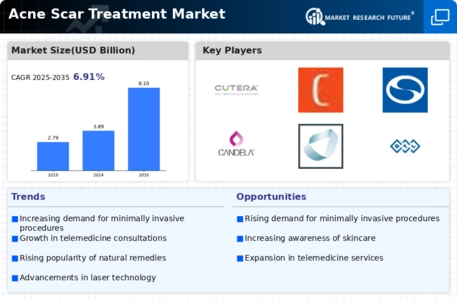
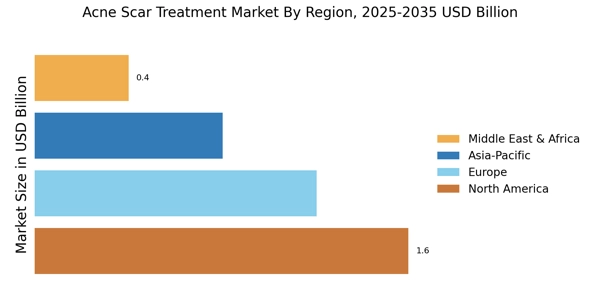
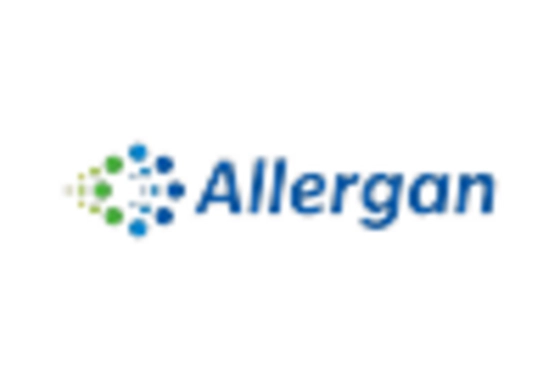
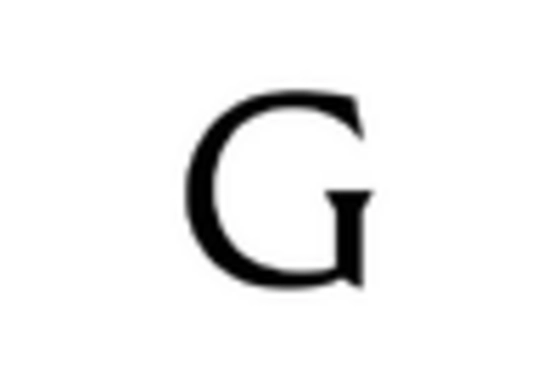
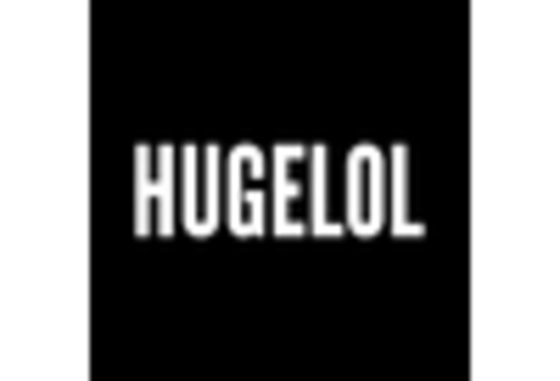
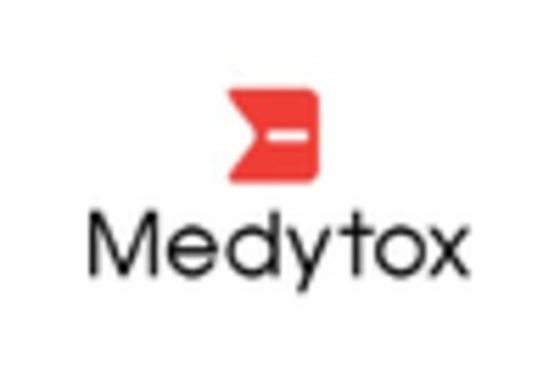
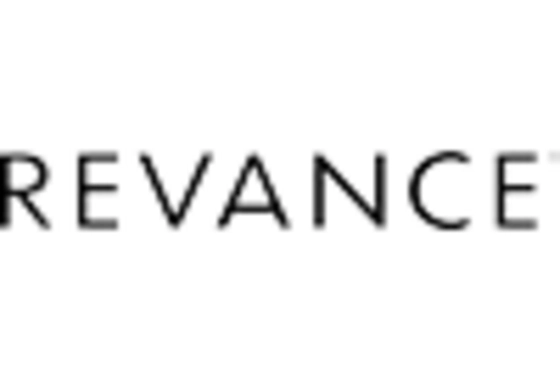
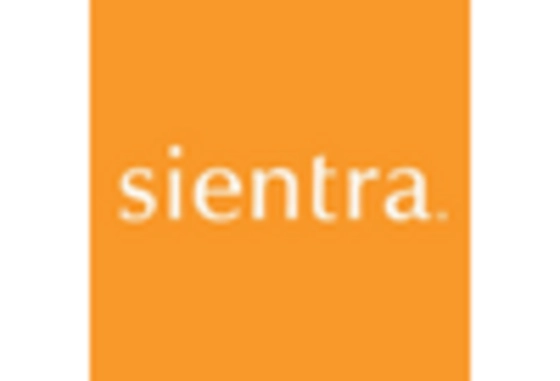








Leave a Comment